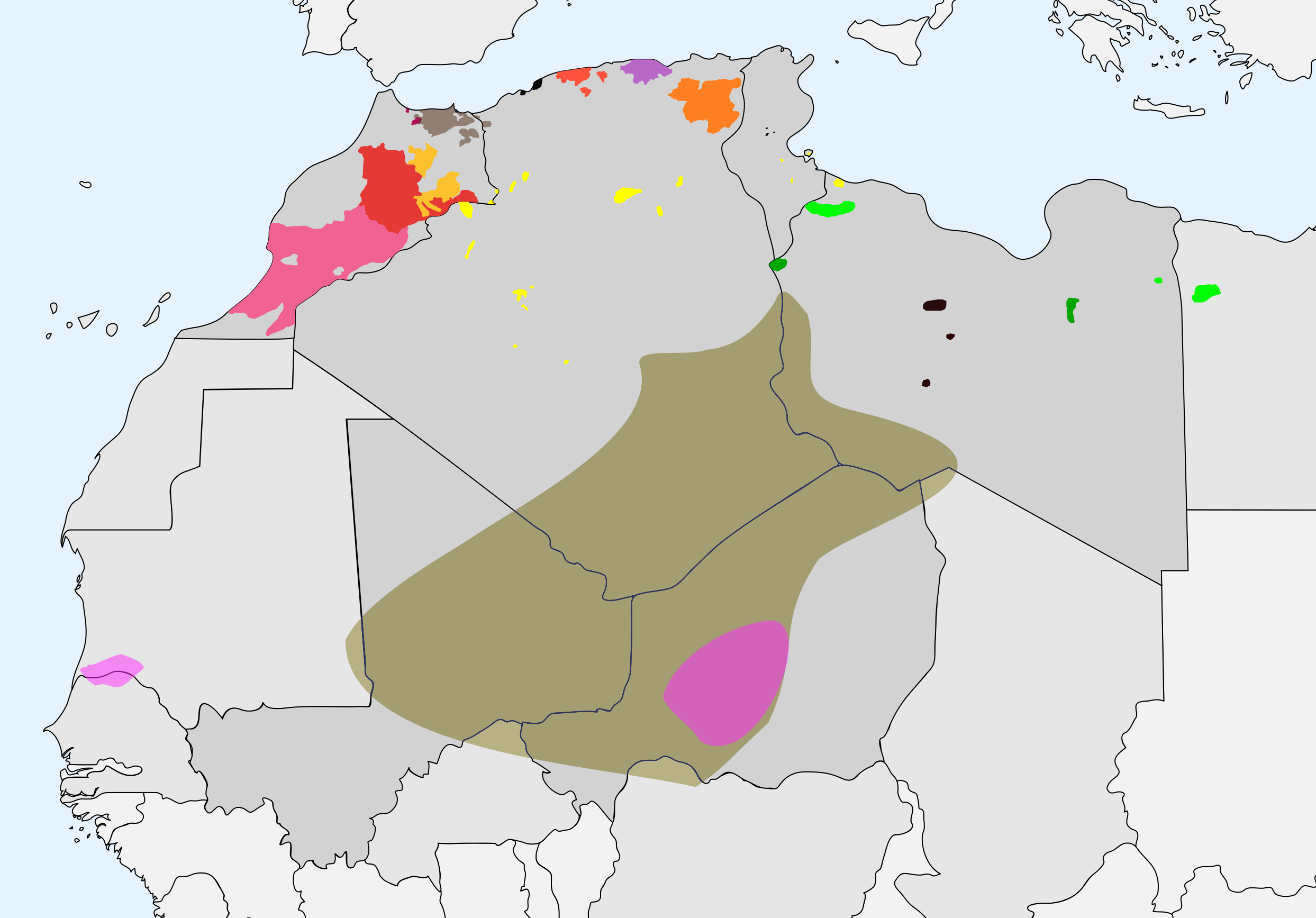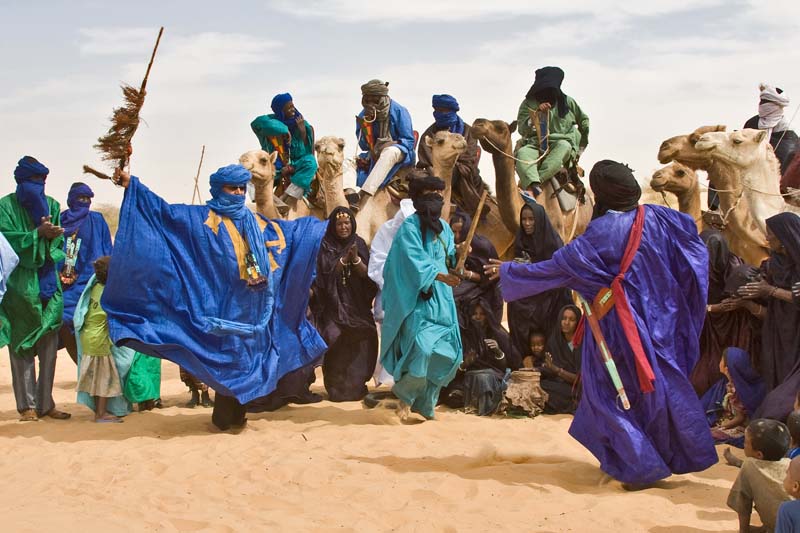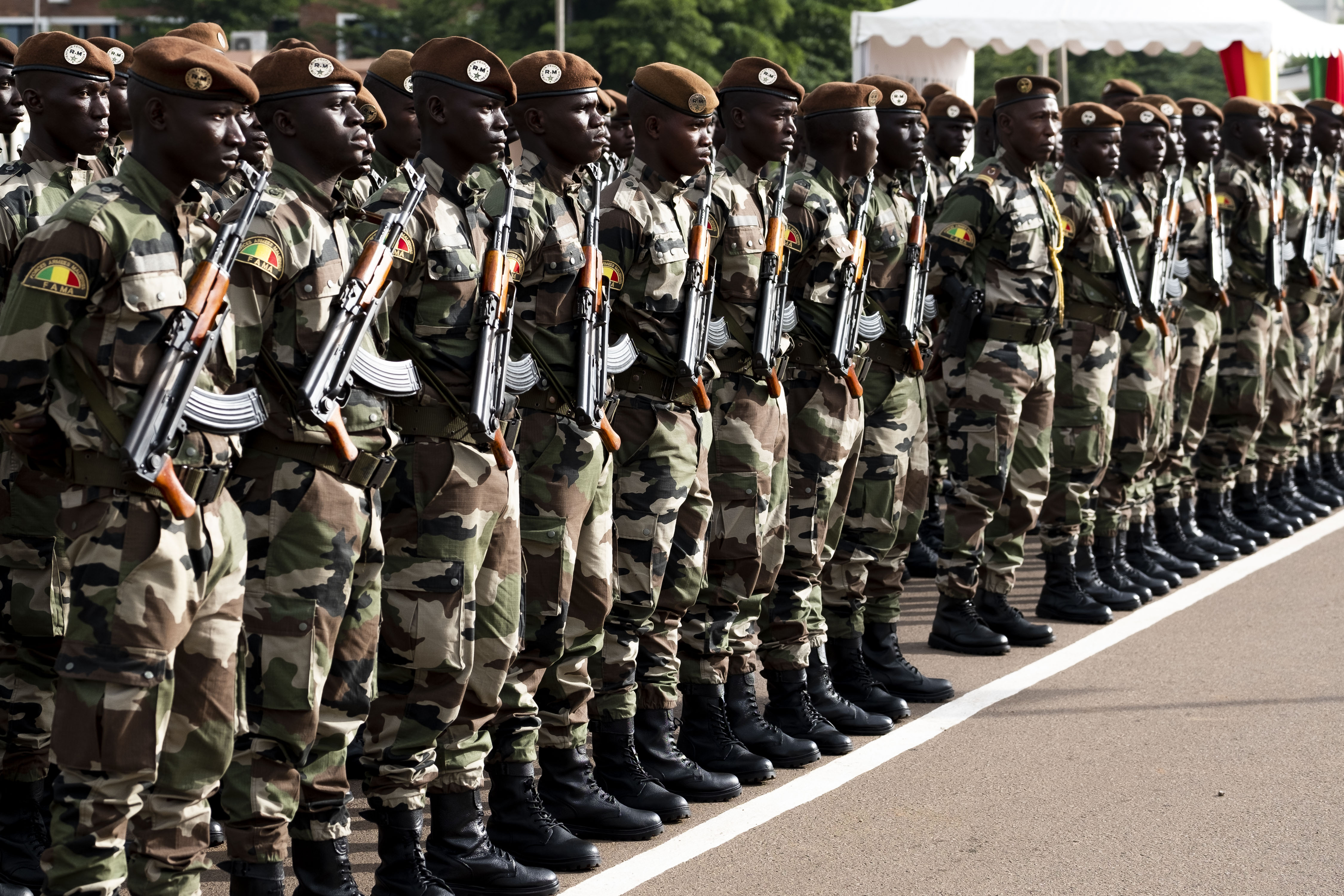A sanctuary for jihadist gangs in West Africa. Their danger to southern Europe.
One of the reasons for the attraction of this «sanctuary area» to the semi-nomadic jihadist groups, uprooted from the peoples of these countries, is the endemic weakness of the Central African, Malian, Mauritanian and the Niger armies. Only the Algerian armies, in part those of Chad and Nigeria, are now able to carry out an effective «irregular war» against groups of individuals motivated, trained and willing to carry out their Jihad.
But it is also necessary for the sanctuary to offer them sufficient geographic security, to protect them from a mechanized advance from the depths of the areas in the hands of the military enemy, native or foreign. In the area we are dealing with, there are no large forests, nor any major towns, that can give nomadic terrorists the necessary refuge so as not to become «wandering insurgents«. And thus, to exhaust themselves in superfluous and continuous movements, through the enormous available expanses of inhospitable and free grounds, feeling the breath of the enemy in their napes.
And lead them to desire the kindness of the dispersion of their bands, the abandonment of weapons and the peace. This geographical protection is provided by the mountainous massifs of the area, which extend without interruption, covering almost all countries threatened by Afro-Western jihadism. Massifs that are adapted to the hiding place and shelter of small isolated bands. And so, we have the Djado Plateau in the north of Niger, reaching the border with Libya; the heights of Air (Azbine) located in the inner center of Niger; the Adrar of the Iforas or Kidal mountains that extend in the northwest of Mali, as the last refuge of the jihadists in the Azawad; and, approaching from the north to the other three, the elongated massif of Tass Oua-n-Ahaggar (or Hoggar) of south-central Algeria.
It is easy to disregard the effective capacity of these ochre heights with rocky outcrops and studded with very low, almost desert bushes, as bases of active guerrilla bands. But it must be remembered that in similar geographic models fought the Apache wars of the southwest of the US and northern Mexico. For a long time, between 1860 and 1872, the Apache bands, sometimes of only a few dozen warriors, sometimes carrying with them the impedimenta of their families and their scarce indispensable belongings. They kept frustrated entire brigades of American cavalry and infantry. Who were unable to locate, encircle, and hunt them down. Directed the few Apaches (the hardness of the territory did not support large populations) by war chiefs or spirituals men as Ulzana, Cochise, Mangas Coloradas, Victorio, Nana y Jerónimo, this with Nache as war chief, they kept their enemies in check until the end of 1872. Then, in the second part of that ethnic war of colonization, until 1886, the tactical changes introduced in the US Army, especially by General Crook, who adapted their large regular units to a war against guerrillas, almost against «banditry«, allowed them to cornered, worn out, despaired and finally subdued the apaches.
Within this immense supranational area, the nomadic clans of merchants, drivers from sub-Saharan Africa to the Mediterranean countries and shepherds moving slowly through the desert, relying on oases to carry on safely, they are also «temporary refuge» islands for jihadist gangs. That can be incorporated during some stages to the desert marches of the native groups. The jihadists overlap and camouflage themselves with the rest of the inhabitants of the tiny villages, many of them black, and of the walkers, who sometimes form organized groups of sub-Saharians, who go to the Islamic countries of the Mediterranean, in this vast territory available.
The problem for the United Europe.
This scattered «jihadist sanctuary» places its bands near the lower belly of Mediterranean Europe, at the distance of only one of the Mediterranean Islamic countries. But, after the ill-fated «Arab Spring» of early 2011, all Islamic countries were upset, when they have not been seriously shocked. There are four Muslim countries that surround at the north that geographical area of refuge for irretrievable radicals. Tunisia is yet to find its socio-political path, which forks dangerously between radicalism and an imperfect democracy. Morocco has a high potential danger of radicalisation or Islamist subversion, by failing to satisfy the King’s concessions to the growing aspirations of its masses, more or less driven by Islamic groups and political. Algeria is for the moment the most stable and resilient society in this geostrategic area in the face of radical Muslim danger; that threatens it, either through the ballot box or through grafted and subsidized subversion. Mauritania, which lacks strong institutions and a good army and its territory is vast and sparsely populated; is the first candidate to suffer a deliberate jihadist assault, out of its current imprecise hinterland.

But a limited-objective incursion never seeks, nor can it achieve, a lasting permanence in its physical goal. Although Westerners are alarmed by these demonstrations of «one-use commands«. Lacking a consistent operational capability, to achieve and defend a strategic goal, the true significance of their isolated tactical actions is limited. They can destabilize weak Central African regimes, as they did in January 2013 with Mali. Through numerous mobile spot actions in a territory beyond the reach of regular forces. Motivated, trained, determined and committed with the task of eradicating them or from countries where their Army is just a project or a remnant of it.
But the quick, courageous, solitary and decisive strategic action of the French armed forces, led them to face in regular battles with a modern army and suffering a very bad correlation of forces. To defend their fixed and alternative positions in villages in the territory where they had supposedly settled: the Azawad. And from where they dared to advance at several spears of attack towards Bamako: a failed operational performance.
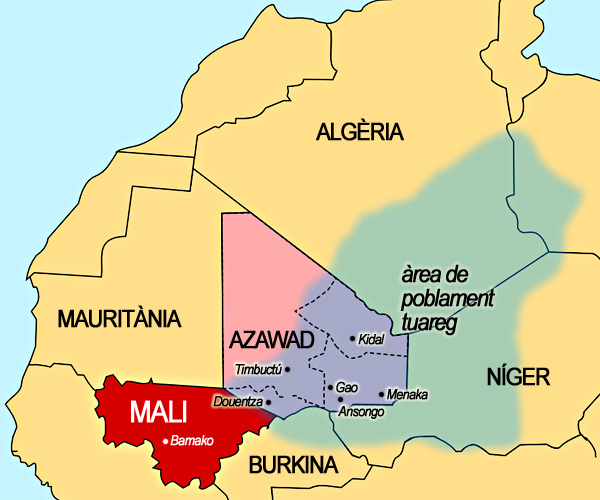
The jihadist groups in north-west Africa (their names are repeatedly in the media) have a great operational decentralization. That prevents them from achieving consistent strategic objectives. Even if their specific actions are important, painful, and fearsome. So, these intransigent radicals revolutionaries in North-West Africa have failed to actively and firmly join a broad social group that gives coverage and permanent momentum to their «imperialist socio-religious movement«. The most alienated activists, and those in north-west Africa are, are gradually isolating themselves from the society in which they «live» (at least, emotionally and ideologically). And they do it for the sake of their violent methods, to those they sacrifice everything, to achieve effectiveness in action.
Europe’s containment action in this African geostrategic area.
According to data provided by the ACLED project for the location and dating of armed incidents in the area, between November 2018 and the end of March the following year, more than 2150 people were killed in the Sahel, as a result of more than 700 jihadists attacks.
About half of the victims occurred in the Central African Republic and Mali. The main jihadist groups present in the area are the Islamic State of the Sahel, a franchise of today’s decrepit and disbanded Islamic State of Iraq and Levant and the so-called Jama’at Nusrat al-Islam wal Muslim, a kind of conglomerate of gangs and groups of Salafists jihadist, reaching as far as Algeria and southern Tunisia.
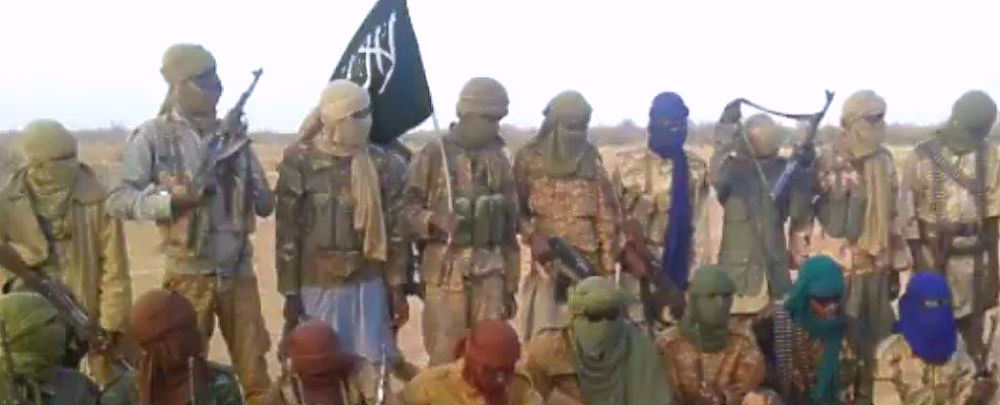
There are four «action and security» initiatives deployed in the area under the auspices and legality of the UN and the EU. There is the French operation Barkhane, launched in 2014, which has 4500 troops deployed. There are several tasks of training and adaptation sent by the European Union, for the training of the national armed forces.
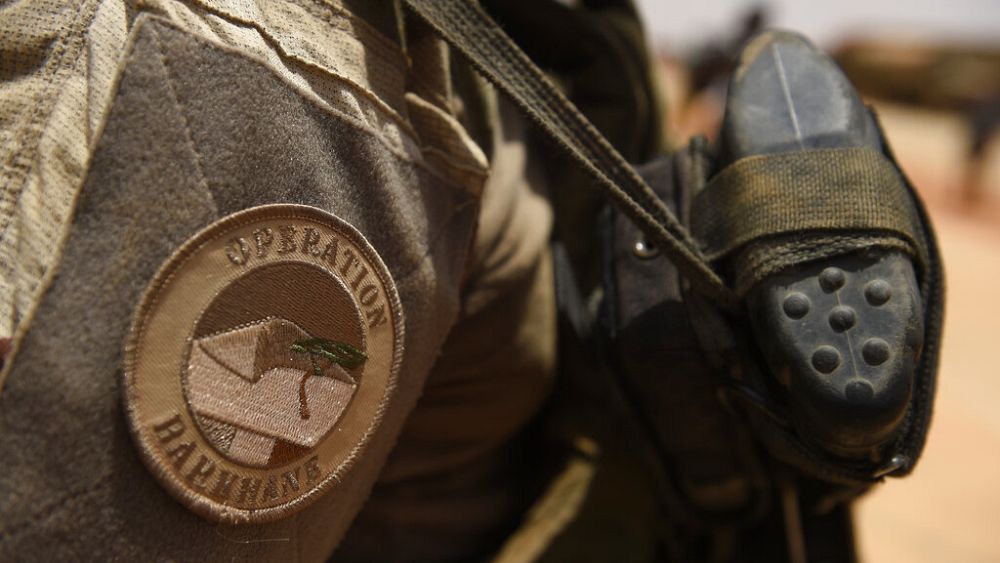
And then there is the joint and regional G-5 force, created by the African Union in 2017 with the countries of the area, supported by the EU, especially by France, with 5000 men deployed. Other countries, such as Morocco, Algeria, the US and Saudi Arabia, are also involved in combat and patrolling tasks. Although the hopes for success are great, the different operational visions in this range of participants and stakeholders in the JF-G5 bring problems to its deployment and activation.
THE END.
